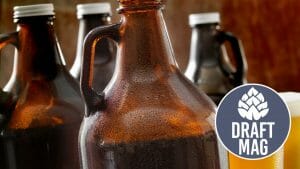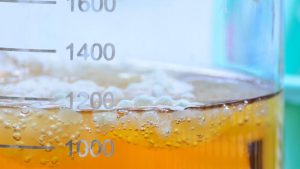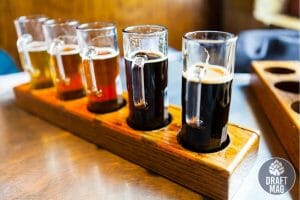11 Best Yeast for Mead Making: A Complete Guide for Brewers
Best yeast for mead making is important to buy when you are trying to make your own mead at home. Yeast is one of the three important ingredients for mead brewing after honey and water, so it’s important to choose the best one.
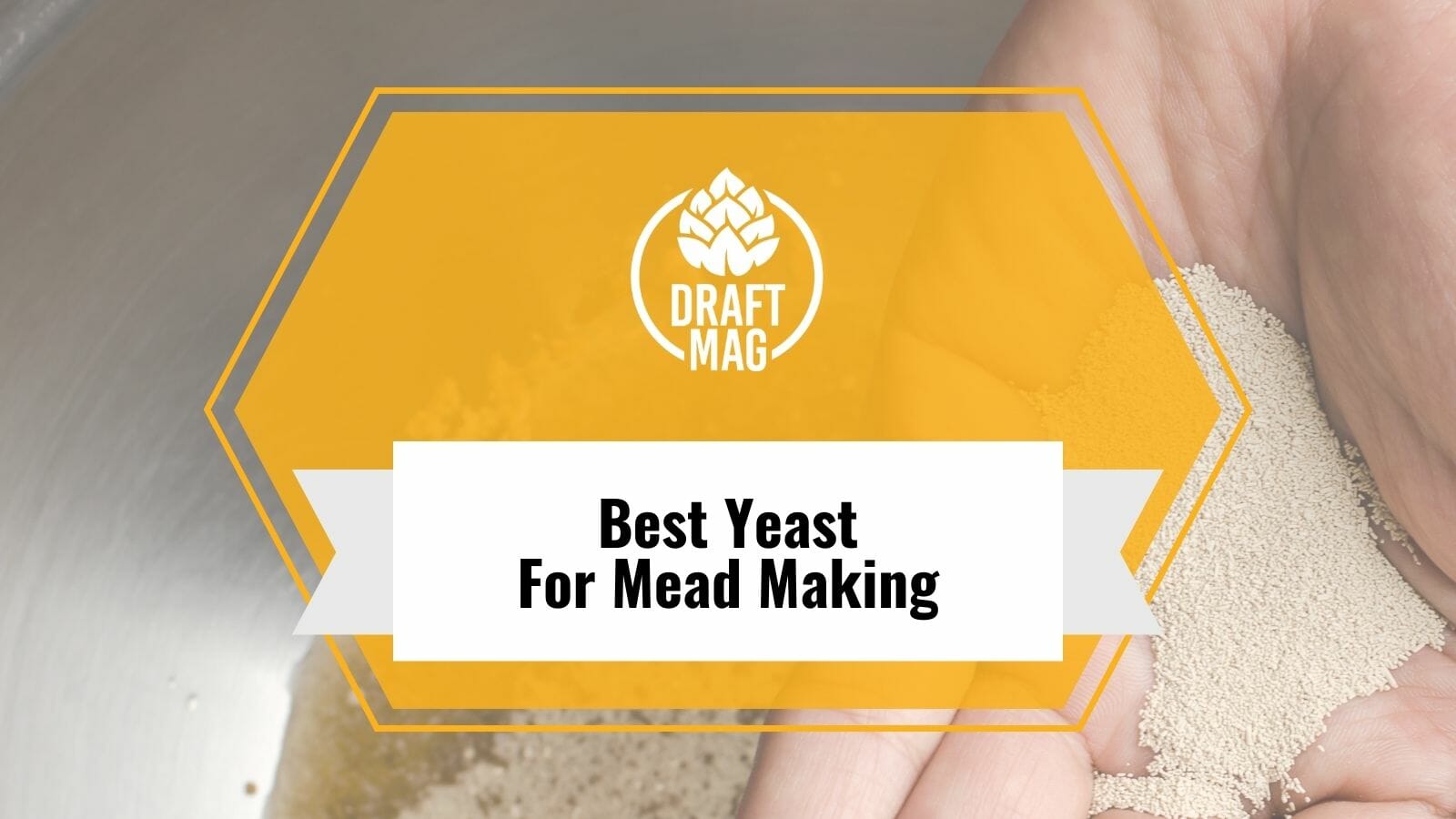
This might be difficult since there are different yeast strains out there, all of which will affect the sweetness and flavor of the beer. In this detailed guide, we look at the best yeast for making mead.
A List of the Best Yeast for Mead Making
1. Lalvin D-47
| ABV Tolerance | 14 percent |
| Temperature for Fermentation | 50 – 70 degrees Fahrenheit |
| Packaging Type and Tendency to Flocculate |
|
| Best for Which Meads |
|
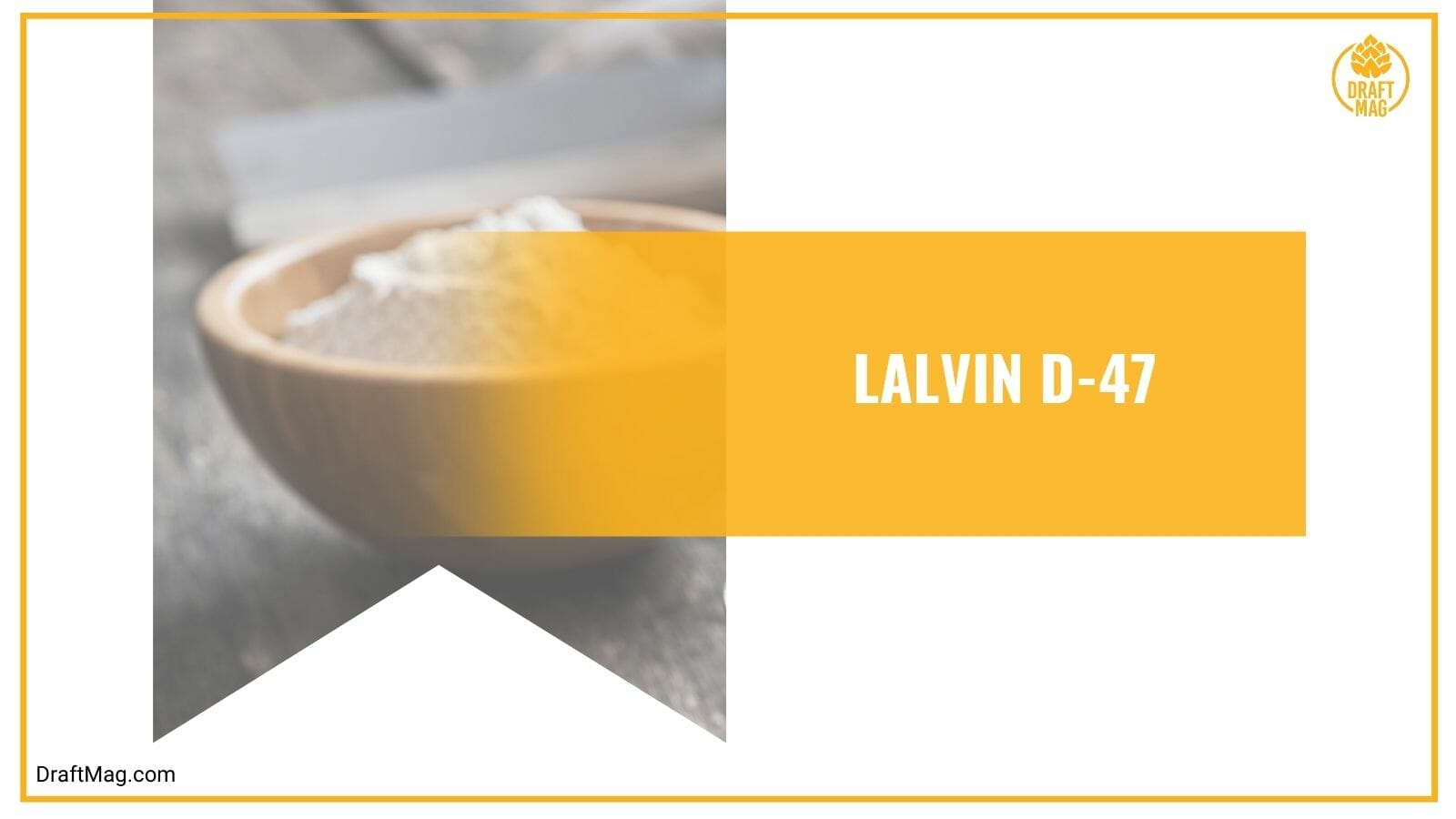
There are various types of yeast that can be used for mead-making, but you cannot use baking yeast. When picking yeast for mead, you have to consider the ABV tolerance, as this determines the final alcohol percentage. The flavor profile of the yeast is also important.
At the top of our list is the most popular yeast among mead makers, the Lalvin D-47. This white wine yeast is the first choice for many mead makers when they are brewing sweet and medium meads. The yeast ferments at a medium-quick pace with little foaming and will be good for dry meads.
As a white wine yeast, it features a varietal character that complements the sweet honey. When you make mead with this yeast, it offers a full mouthfeel and decent flocculation. As you make your mead, the yeast will settle into firm sediment in a short period of time.
2. Wyeast 4184
| ABV Tolerance | 11 percent |
| Temperature for Fermentation | 65 – 75 degrees Fahrenheit |
| Packaging Type and Tendency to Flocculate |
|
| Best for Which Meads |
|
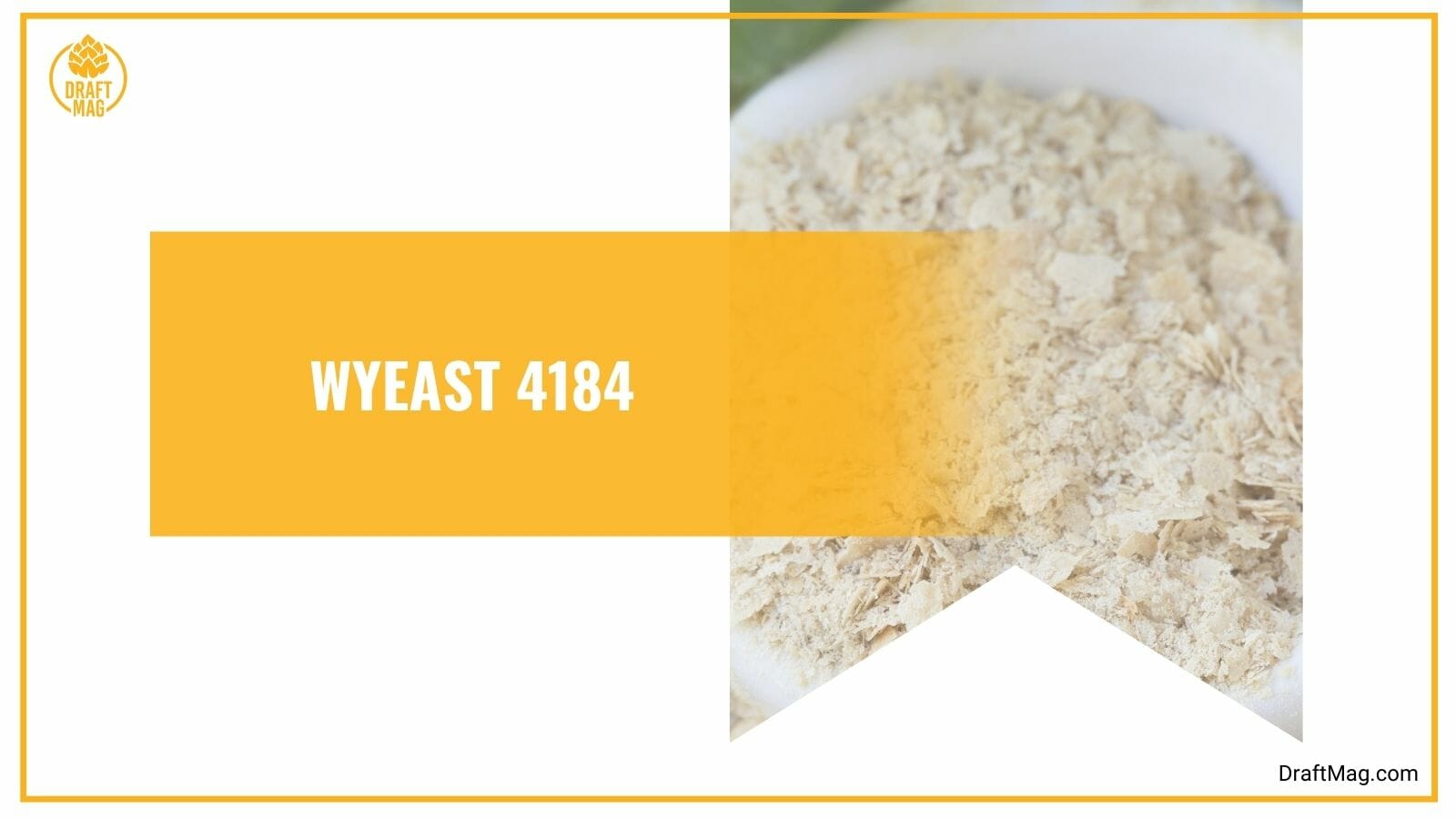
Another important factor is the temperature for fermentation, as this ensures that you keep the mead in the right temperature range. You can also consider using wine or ale yeasts for your mead. Finally, you should consider whether you want to use liquid or dry yeast.
The best yeast with liquid packaging on our list is this liquid strain from Wyeast. The Wyeast 4184 is a fantastic yeast for a sweet mead, and after brewing, it will leave a residual sweetness from 2 to 3 percent in the finished product.
If you are making a lower ABV mead or a hydromel, this is an ideal choice since the yeast has a low alcohol tolerance. The mead yeast also has a fruity ester profile, so if you want to make mead that has a fruity taste, like a melomel or fruit mead, consider this yeast.
3. Lalvin EC-1118
| ABV Tolerance | 18 percent |
| Temperature for Fermentation | 50 – 80 degrees Fahrenheit |
| Packaging Type and Tendency to Flocculate |
|
| Best for Which Meads |
|
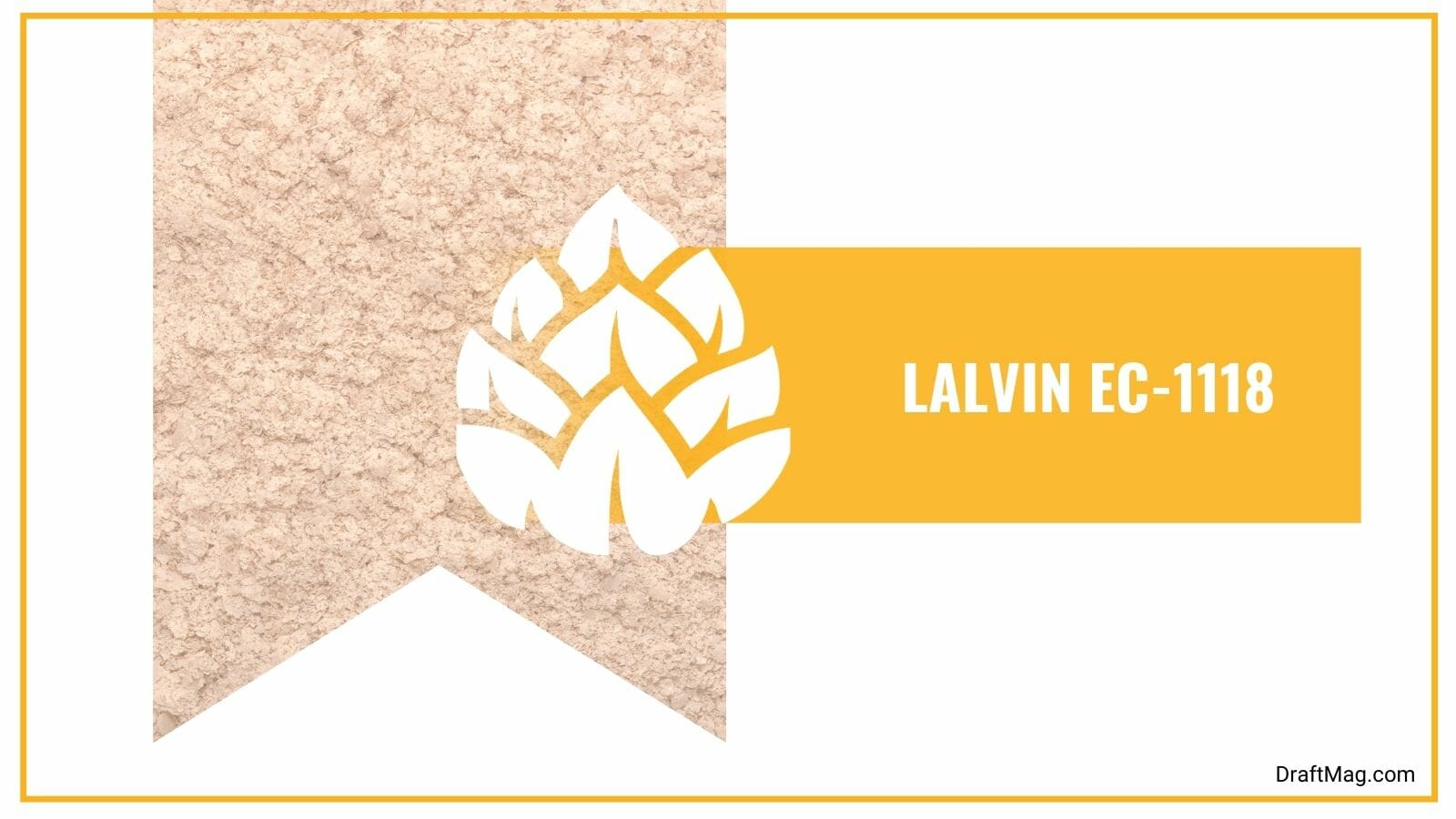
Next, we have the Lalvin EC-1118, a very strong yeast that has an ABV tolerance of up to 18 percent ABV. This workhorse yeast will easily drive the fermentation process, even if you don’t meet the conditions properly. This is because it has a very wide temp range.
Whether you’re making your mead in a cool or hot condition, you can use the EC-1118. This yeast for mead is recommended for dry meads because it will ferment almost all the sugars in the mix. Despite this, it is a universal yeast as long as you can control the conditions well.
4. Wyeast 4632
| ABV Tolerance | 18 percent |
| Temperature for Fermentation | 55 – 75 degrees Fahrenheit |
| Packaging Type and Tendency to Flocculate |
|
| Best for Which Meads |
|

This is another yeast from Wyeast, but this is better suited for anyone that wants to make a dryish mead. The mead yeast has a pretty high tolerance for alcohol, making it suitable for anyone that wants their mead to have a high ABV and still be dry.
It will ferment at an average time and has a higher alcohol tolerance than the 4184 mentioned earlier on our list. Furthermore, the yeast has been used in different award-winning meads and has low foaming, with very little sulfur production. There is some residual sugar after making your mead too.
5. Lalvin K1V-1116
| ABV Tolerance | 18 percent |
| Temperature for Fermentation | 50 – 80 degrees Fahrenheit |
| Packaging Type and Tendency to Flocculate |
|
| Best for Which Meads |
|
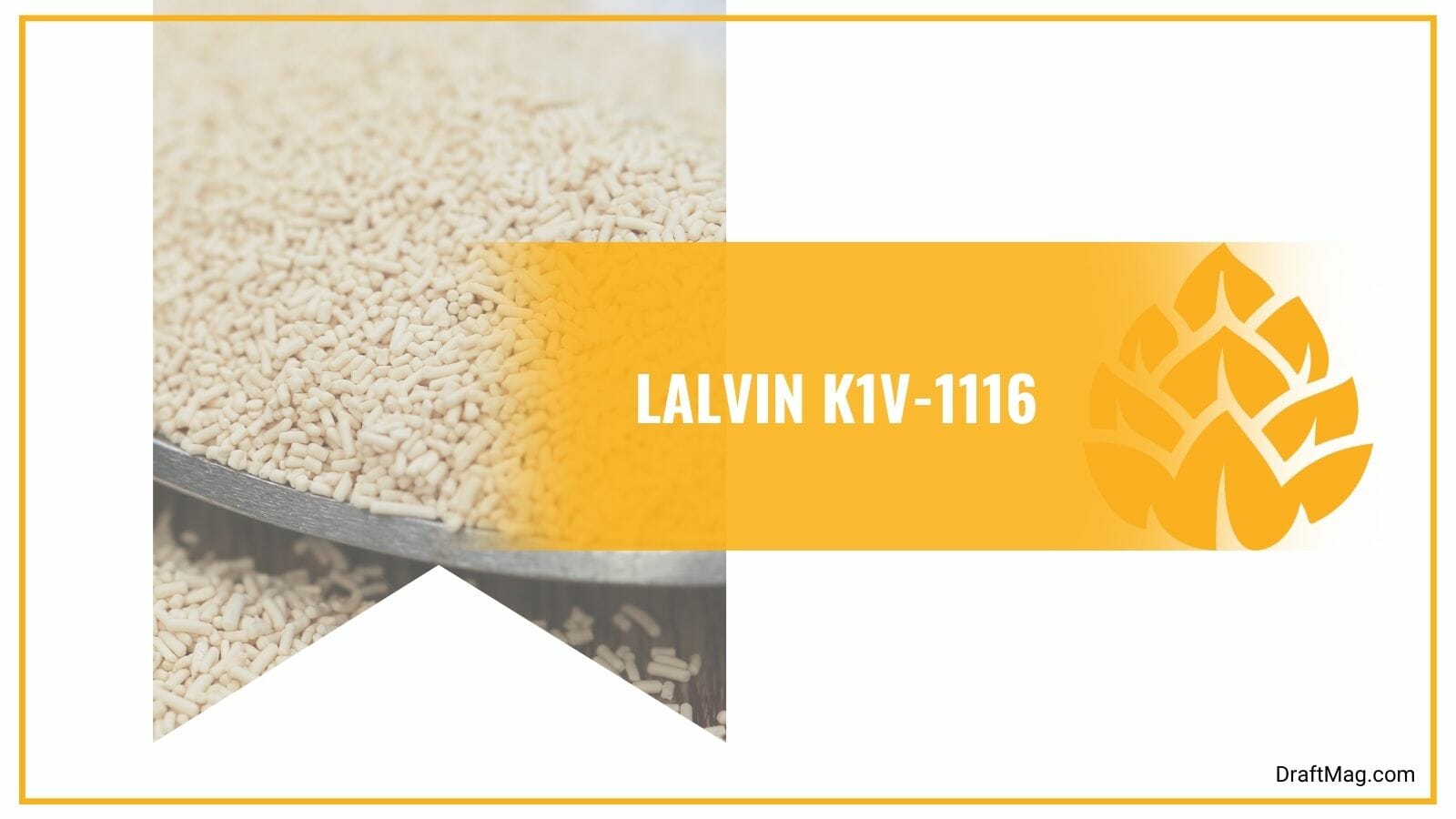
If you’d like to make mead with floral and fruity notes, you should consider the Lalvin K1V-1116. The yeast strain is a wine yeast, and it is usually used in a lot of fruit and country wines. You can still use this to brew your mead, as it is a fantastic choice for fruit meads and melomels.
Although the K1V-1116 has a wide temperature range, it works perfectly at low temperatures, so you should try to maintain it at around 61 degrees Fahrenheit. At this fermentation temperature level, the floral esters are higher. Plus, the mead is perfect for meads with a high ABV.
6. WLP720
| ABV Tolerance | 15 percent |
| Temperature for Fermentation | 70 – 75 degrees Fahrenheit |
| Packaging Type and Tendency to Flocculate |
|
| Best for Which Meads |
|
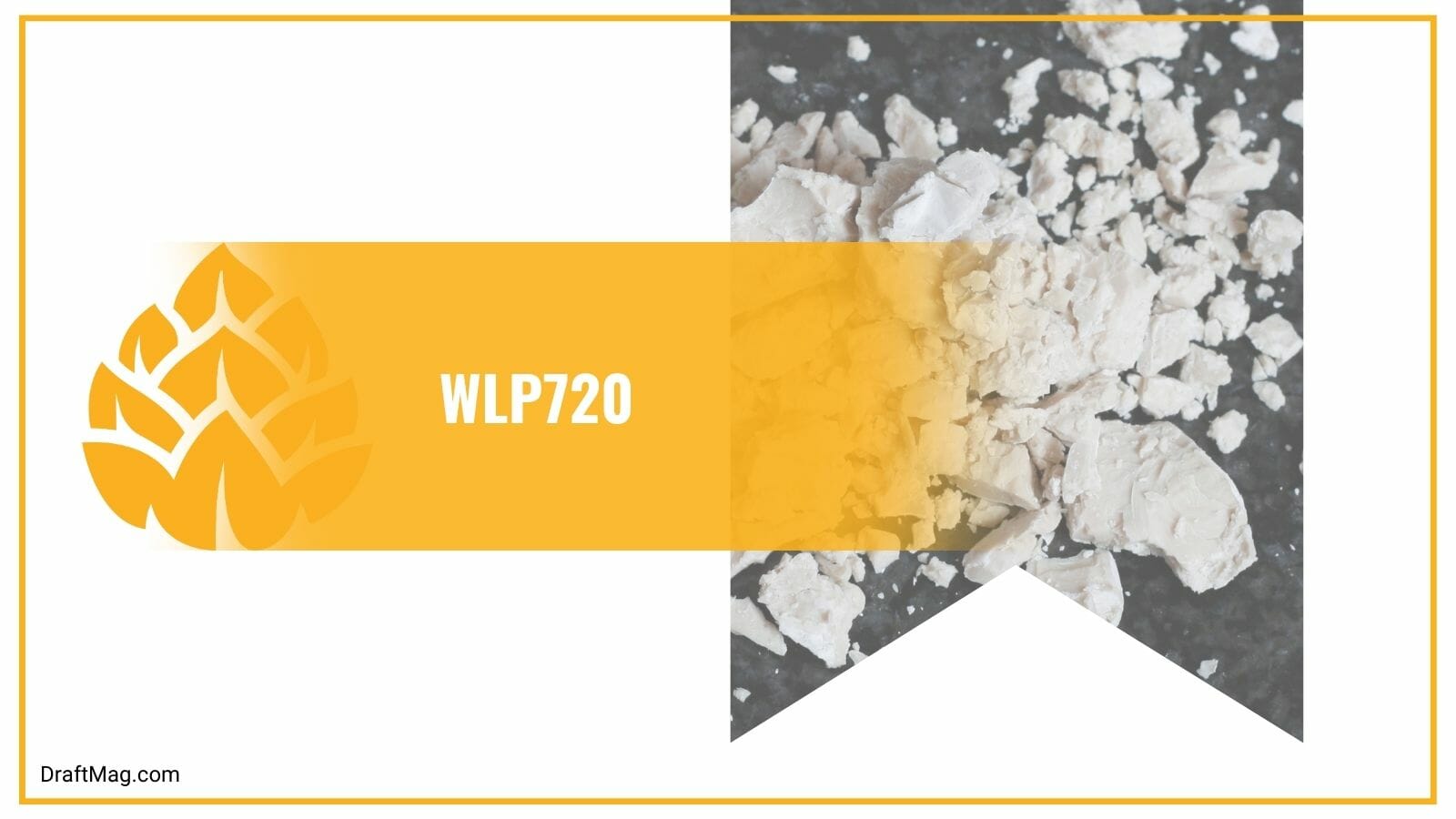
Another option on our list is WLP720. Since the yeast leaves some residual sweetness after you make it, you should consider using it to make sweetish meads. The yeast is not too attenuative like others from the company.
The yeast is also slightly fruity, so apart from using it to make sweetish meads, it will add some fruity notes to your beverage. Plus, the White Labs WLP720 can tolerate alcohol concentration of up to 15 percent, making it ideal for meads with an average alcohol level. It is ideal for high-temperature brewing.
7. Lalvin 71B-1122
| ABV Tolerance | 14 percent |
| Temperature for Fermentation | 59 – 86 degrees Fahrenheit |
| Packaging Type and Tendency to Flocculate |
|
| Best for Which Meads |
|

The Lalvin 71B-1122 is another good option for fruity meads and apple cider. Since it is a yeast for red wine, you can expect the sweet flavors of dark fruit like cherries and blackberries in your mead after you make it. The yeast is ideal for making different kinds of melomels like cysers.
The 71B-1122 yeast will metabolize maltic acid when you use it to make mead, and this will produce a smooth, well-rounded, and very aromatic mead. Plus, the yeast will make your mead mature faster than the other options on our list. So, if you want to make a fruity mead quickly, you can consider this one from Lalvin.
8. Lalvin DV10
| ABV Tolerance | 17 percent |
| Temperature for Fermentation | 50 – 85 degrees Fahrenheit |
| Packaging Type and Tendency to Flocculate |
|
| Best for Which Meads |
|
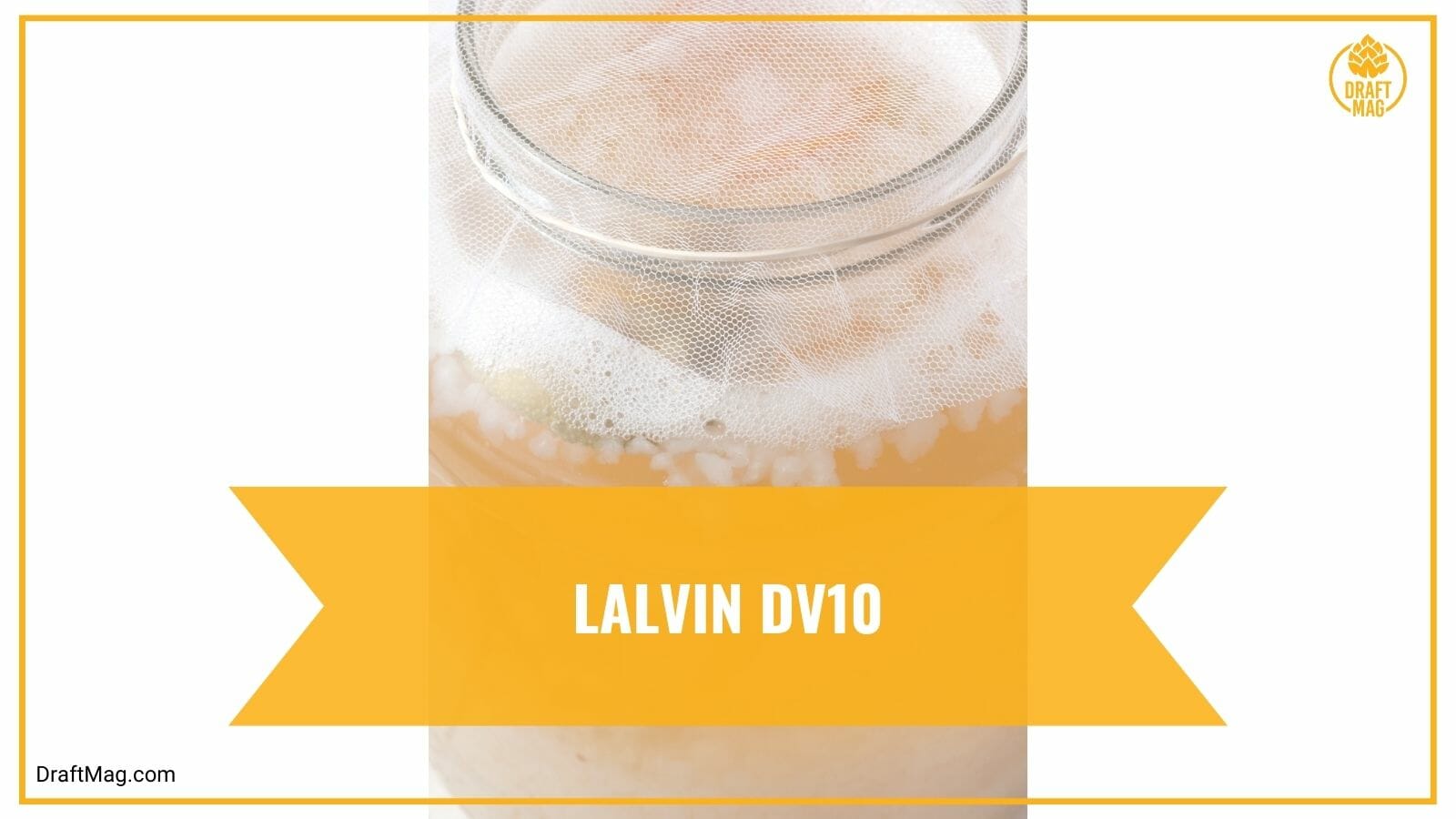
If you want to make a mead with a clean taste at a wide range of temperatures, you should consider the Lalvin DV10. The highlight of this yeast is its strong fermentation power, which allows it to go through mead-making in any condition.
The yeast can make mead over different temp ranges and requires very low nitrogen. Even with low temperature, low pH, and high total SO2, this yeast will ferment your mead smoothly. It has a varietal character and offers clean fermentation, so your mead will have a clean finish.
9. Lalvin ICV D21
| ABV Tolerance | 16 percent |
| Temperature for Fermentation | 60 – 85 degrees Fahrenheit |
| Packaging Type and Tendency to Flocculate |
|
| Best for Which Meads |
|
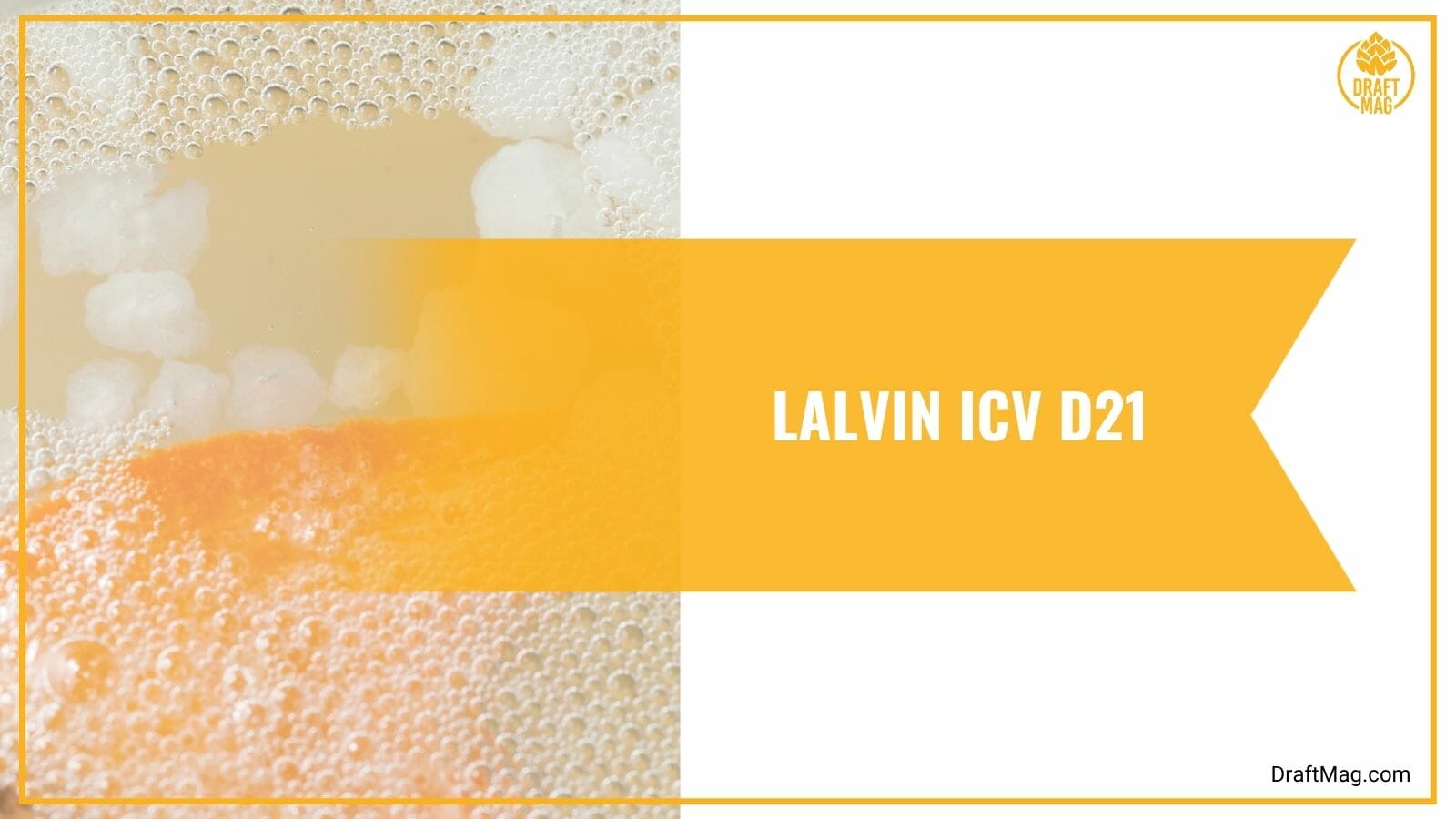
Another yeast for red wine on our list is the Lalvin ICV D21, which will offer a stable color to your mead. Although it is mostly used to ferment red wines, it is great for making mead with a mid-palate tannin structure and fresh aftertaste.
The dry yeast works great in warmer temperatures and offers slightly fruity esters that make your mead taste like a warm-climate fruit. It also produces a few sulfides during fermentation and retains a higher acidity. It is also a higher-temperature yeast, so you need to work on getting a higher temp for the mead to ferment.
10. Wyeast 1388
| ABV Tolerance | 12 – 13 percent |
| Temperature for Fermentation | 64 – 80 degrees Fahrenheit |
| Packaging Type and Tendency to Flocculate |
|
| Best for Which Meads |
|
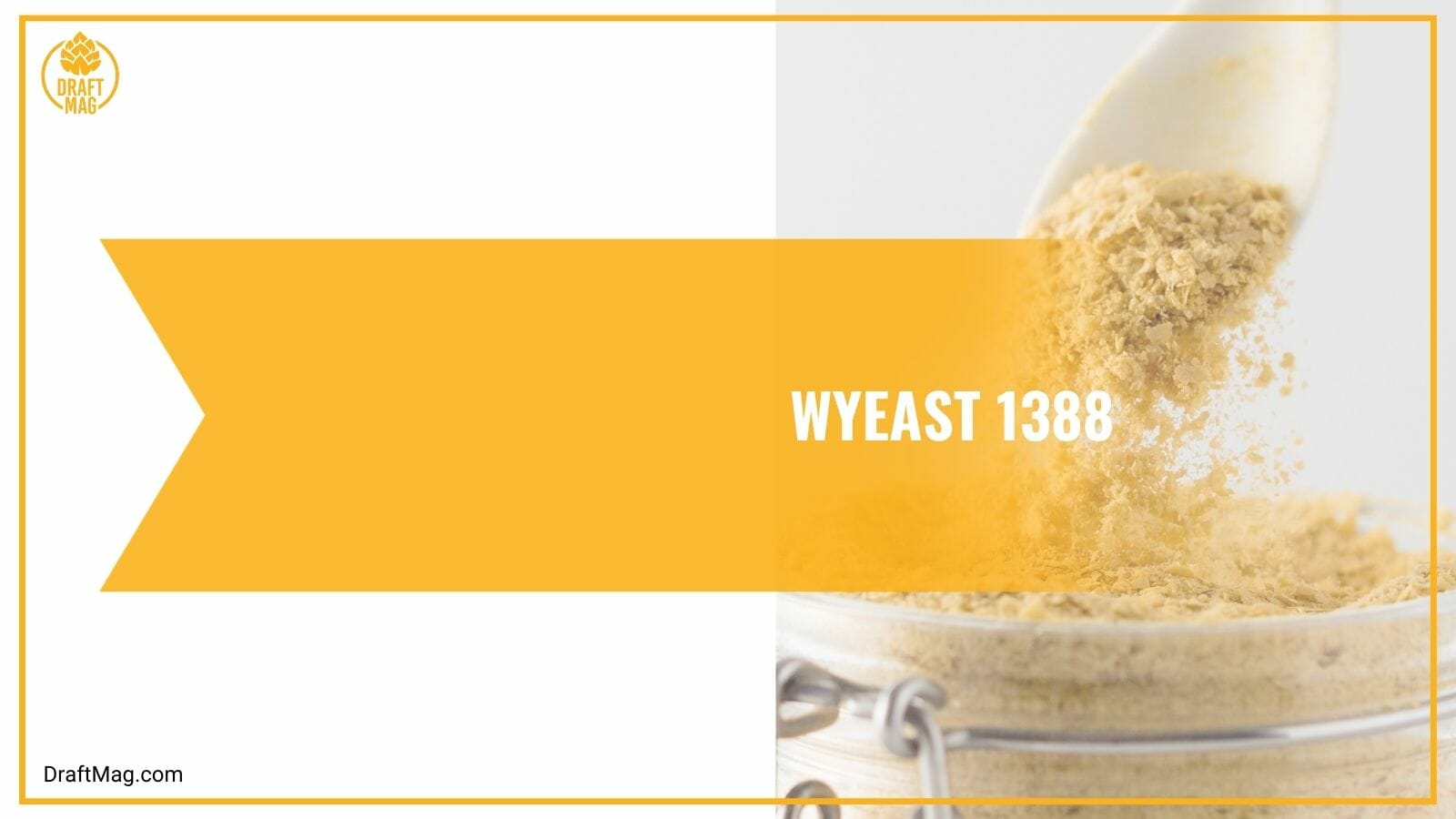
Although the Wyeast 1388 is usually used in brewing strong Belgian ales, it offers a strong ester and yeast nutrient<span style=”font-weight: 400;”> profile that will work great for meads. The yeast will ferment your mead very quickly, especially when you use the right recipe. You can make mead in less than a month.
The yeast from Wyeast balances its complex esters with subtle phenolics. With the low ABV tolerance, the yeast energizer will only be good for low-ABV mead. If you ferment it at the low-temperature range, you get a clean and fruity profile. It also offers a dry and tart finish.
11. Fleischmann’s Active Dry Yeast
| ABV Tolerance | 11 – 12 percent |
| Temperature for Fermentation | 55 – 85 degrees Fahrenheit |
| Packaging Type and Tendency to Flocculate |
|
| Best for Which Meads |
|
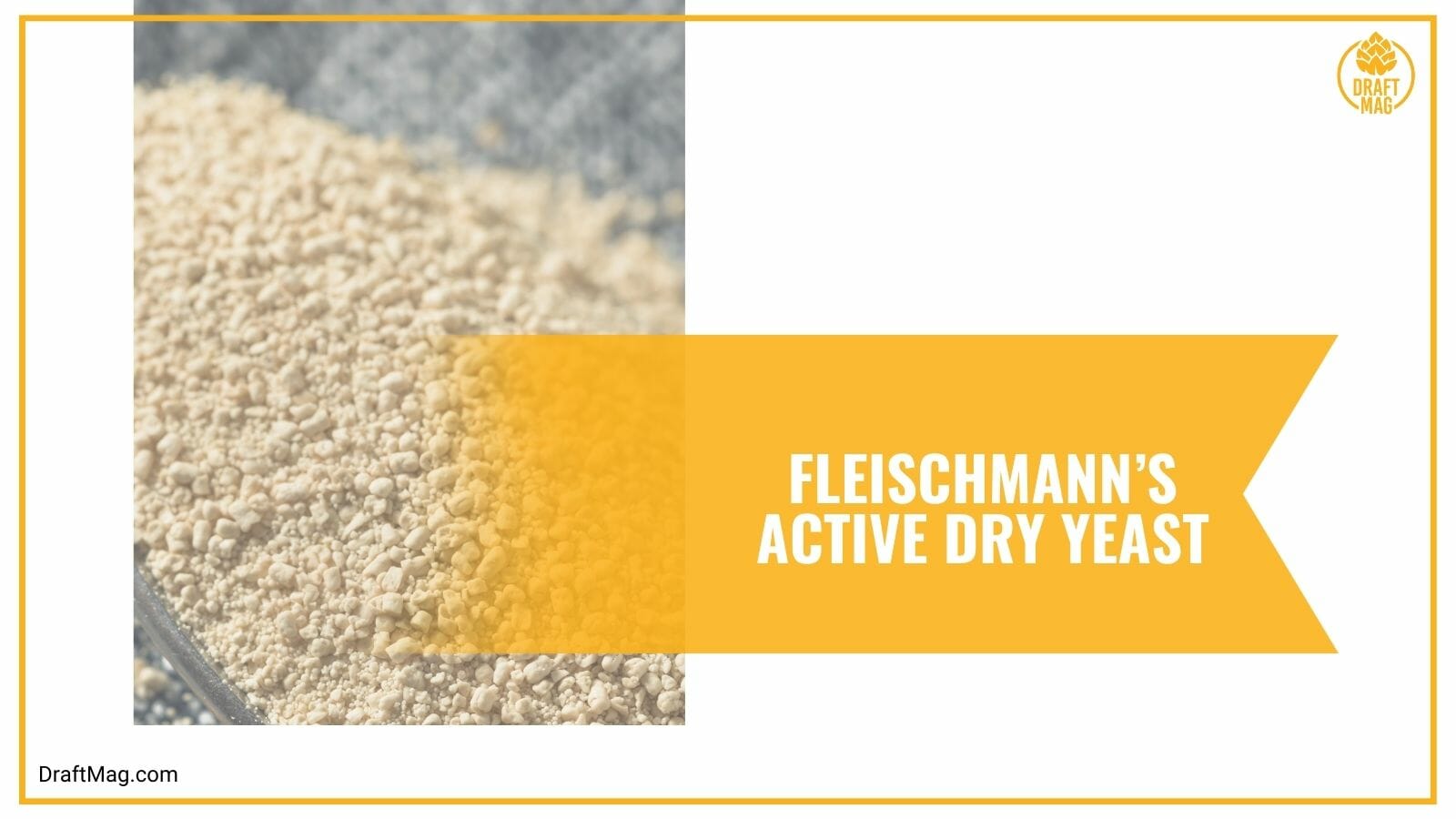
Rounding up our list is the Active Dry Yeast from Fleischmman, and although it is a bread yeast, it is great for making mead. The yeast is ideal for making orange-flavored mead recipes and has been used in different variants of this type of mead.
Also, dry yeast has a very fast fermentation process. If you can balance the temperature well, you can offer your mead a bit of sweetness to create a very drinkable mead. It has a low ABV, and it offers a bit of an off-taste in the finish of your mead.
Conclusion
The best yeast for mead depends on the type of mead that you are making, but with our complete review, you can easily get on with your mead-making at home.
Here’s a rundown of what we covered in our guide:
- Lalvin D-47 is the best dry yeast for mead and will offer a slightly fruity taste.
- The Wyeast 4184 is the best liquid yeast for mead and is ideal for making a sweet mead.
- You should consider the alcohol tolerance, flavor profile, the temp range for fermentation, and whether it is dry or liquid yeast.
After discovering the best yeast for different kinds of mead, what type of mead would you like to make? Once you know this, you can choose the best yeast from our list.


